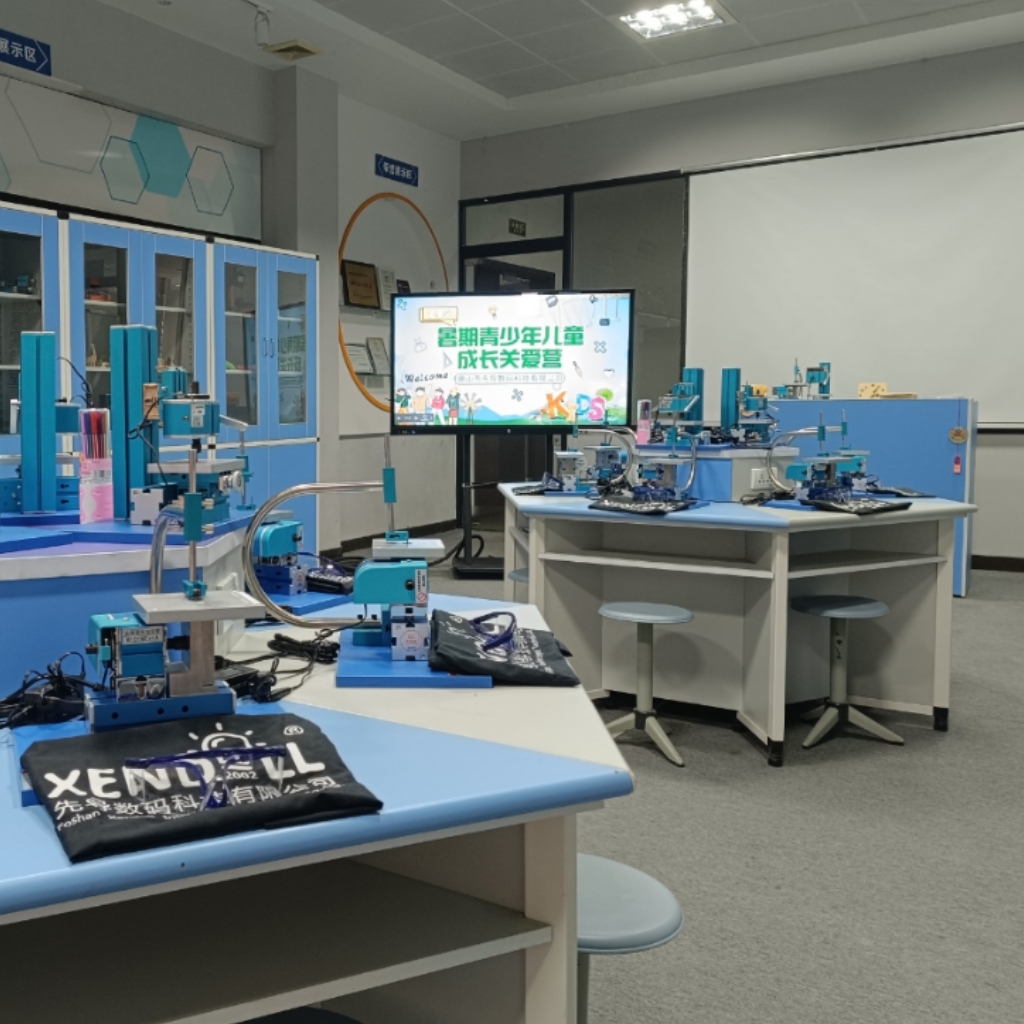For many machining enthusiasts, an old metal lathe is more than just a piece of equipment; it's a trusted partner in countless projects. It might seem like a relic compared to modern CNC machines, but that vintage workhorse sitting in your workshop is a potential goldmine. Whether you're a hobbyist looking to offset costs, a small shop owner, or a dealer seeking to demonstrate value to customers, an old metal lathe can be a powerful tool for generating revenue. With some ingenuity, skill, and the right approach, you can transform that aged machinery into a steady stream of income.
This article will explore several practical and profitable ways to leverage your classic lathe, proving that precision and craftsmanship never go out of style.

1. Offer Custom Metal Part Manufacturing and Prototyping
One of the most lucrative avenues is filling the gap for custom, low-volume, or one-off parts. Many industries, from automotive restoration to robotics clubs and small manufacturing plants, often need a single specific component that isn't economically viable for large factories to produce.
How it works: Clients provide you with a drawing or blueprint, and you use your lathe to precisely manufacture the part to their specifications.
Target Market: Classic car restorers, local factories needing emergency replacements, inventors, and DIY engineers.
Why an Old Lathe Works: These machines are perfectly capable of handling the tolerances required for most custom jobs. Their mechanical simplicity and durability are ideal for working with various metals.
2. Restore and Resell Vintage Machinery and Parts
If you have a passion for machinery itself, your old lathe is the perfect tool to start a restoration business. You can find non-working or rusty old lathes, milling machines, or their components for a low price.
How it works: Use your operational lathe to manufacture replacement parts, repair damaged leadscrews, re-face chucks, and clean up components for other machines. Then, assemble and restore the machine to working order and sell it for a significant profit.
Target Market: Collectors, vocational schools, hobbyists seeking affordable entry-level equipment, and other machinery dealers.
Key Advantage: You're using a tool to refurbish other tools, drastically reducing your overhead and increasing profit margins.
3. Create and Sell Specialty Tools and Tooling
The machining community always needs high-quality, custom tooling. This includes items like custom lathe centers, soft jaws for chucks, special form tools, or even simple projects like hammer heads and punches.
How it works: Identify common challenges or missing tools in a machinist's workflow. Use your lathe to produce these tools from high-speed steel or carbide. You can also create custom tooling for specific, repetitive jobs in your own shop.
Target Market: Fellow machinists, metalworking hobbyists, and mechanical workshops.
Selling Platform: Online marketplaces like eBay or Etsy are perfect for reaching a global audience of enthusiasts.
4. Develop a Product Line for Niche Markets
Think beyond individual parts. Your lathe can be the production engine for a unique product line. The key is to find a niche market with specific needs.
How it works: Design and produce small, high-value items that are desirable and can be batch-produced. Examples include:
Precision mathematical puzzles (metal puzzles).
Custom knife handles and bolsters for the knife-making community.
Specialty pens from brass, aluminum, or stainless steel.
Model engineering parts for live steam models and scale models.
Target Market: Collectors, hobby communities (e.g., knife makers, model engineers), and premium gift markets.
Pro Tip: Good photography and storytelling about the craftsmanship involved can significantly increase the perceived value of your products.
5. Provide Educational Services and Workshops
Your knowledge is as valuable as your machine. Many people are eager to learn traditional machining skills but lack access to equipment or a teacher.
How it works: Offer paid weekend workshops, one-on-one tutoring sessions, or online courses where you teach the fundamentals of operating a metal lathe. You can also create and sell video tutorials or detailed project plans.
Target Market: Absolute beginners, vocational students looking for extra practice, and makers who want to expand their skillset.
Synergy: This approach not only generates income but also builds a community and can lead to future customers for your other services or products.

Conclusion: Your Old Lathe is a Business Partner Waiting to Start
An old metal lathe is far from obsolete. It represents an opportunity for entrepreneurship, built on a foundation of solid craftsmanship and mechanical precision. The demand for custom, small-batch, and hand-made metal products is growing, and your classic machine is perfectly poised to meet it.
The first step is to ensure your lathe is in good working condition. At Xendoll Tools, we provide high-quality mini lathes, accessories, and replacement parts that are perfect for honing your skills and scaling your small machining business. Whether you're using a vintage machine or a modern Xendoll precision lathe, having reliable tooling is key to producing profitable work.
Visit our website at xendolltools.com to explore our range of machines and accessories that can help you improve your capabilities, and turn your machining passion into a profitable venture.
 Sep 09, 2025
Sep 09, 2025

 592
592



 Show all our samples
Show all our samples
 Provide you with a free quote
Provide you with a free quote
 Answer all the questions you may have
Answer all the questions you may have
 Guided installation and other options
Guided installation and other options